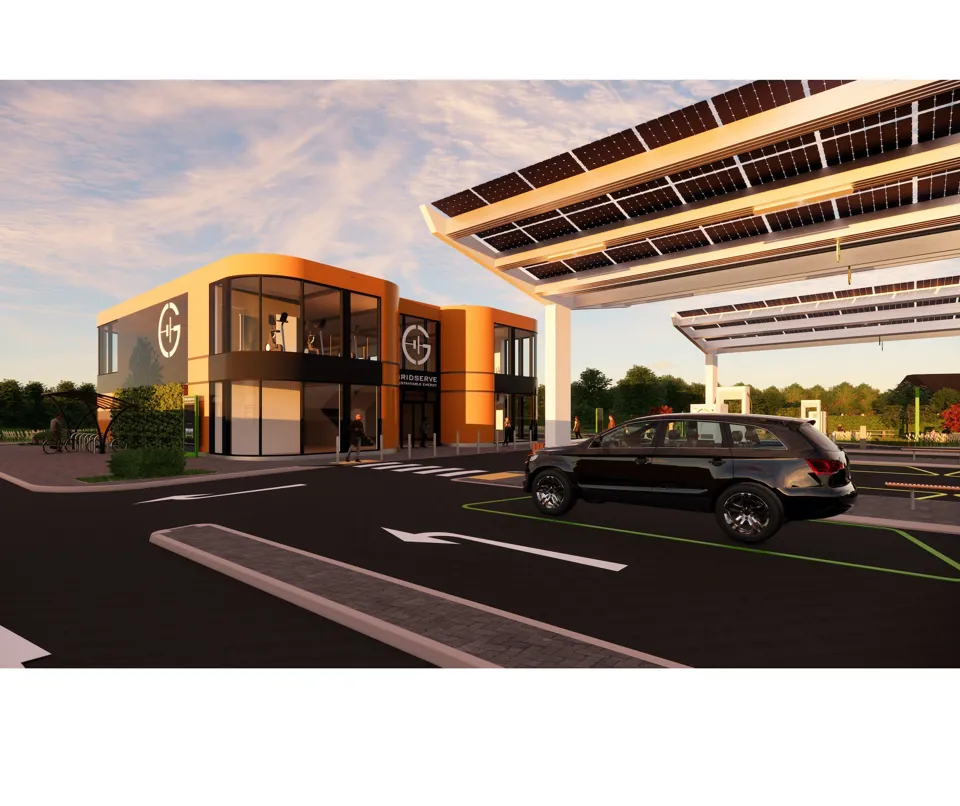This feature originally appeared in the December 2020 edition of Fleet News. Read it in the digital issue of the magazine by clicking here
Charging is regularly identified as being one of the biggest concerns both fleet decision-makers and drivers have about operating battery electric vehicles (BEVs).
A BEV with a flat battery is unusable, while fears over an inadequate public charging infrastructure are likely to fuel anxiety over range and increase any mistrust in the technology.
However, the Government and private sector companies are investing tens of millions of pounds in charge points at homes, workplaces and public locations to help ensure a smooth transition to EVs.
Here we look at these three areas and what they mean to fleets.
Home charging
Analyst KPMG suggests 70% to 80% of fleet electric cars are currently charged at the employees’ homes overnight, meaning this is an area fleet decision-makers should take an active interest in.
This rings particularly true for those organisations whose van drivers who take their vehicles home at the end of the working day, as they will need to be able to charge them before setting off for work the following morning.
The Government’s Electric Vehicle Homecharge Scheme (EVHS) will provide a grant of up to £350 towards the cost of purchasing a home charging point. To qualify, a person must own, lease, or have ordered a qualifying vehicle (including as a company car) and have dedicated off-street parking at their property.
Through the Energy Saving Trust Scotland, the Scottish Government offers Scottish residents and additional grant of up to £300, on top of EVHS.
Some fleets, such as DPD, pay the remaining cost of the charger.
“That’s part of our initiative to get the buy-in for electrifying our fleet,” says Olly Craughan, CSR general manager at DPD Group UK.
“Our owner-drivers are self-employed and we see it as an incentive to have a home charger paid for; it is theirs to keep.”
Workplace charging
As the uptake of BEVs increases due to favourable benefit-in-kind (BIK) tax bills and increasing vehicle availability, it will become more important for organisations to introduce charge points at workplaces.
To implement a successful scheme, there are a number of factors to consider.
One of the first is how many charge points are needed. To determine this, a company will need to consider the number of EVs operated both currently and in the future, the number of available parking bays and the available budget for the installation.
They also need to consider what speed of charger is required and this will depend largely on the amount of time the vehicle is parked. If it can be charged overnight, for example, a slow charger may be sufficient, but if the turnaround required is faster, a rapid charge point may be needed. Consider also the speed with which the vehicle can draw the charge – it varies considerably and battery size is not necessarily a reliable indicator.
The cost of buying and installing charge points varies massively: a 7kW charge point capable of charging two vehicles at the same time can cost from £4,000 to install, while a 150kW unit is upwards of £100,000.
The electricity capacity of the site should also be taken into account. If demand for energy exceeds supply to a site then a substation may need to be installed at significant expense.
The Government does offer financial support towards the upfront cost of the purchase and installation of charge points under its Workplace Charging Scheme.
This contribution is limited to 75% – or £350 per socket – of these costs, up to a maximum of 40 sockets per company. These can be on different sites.
Public charging
The public charging infrastructure has a key role in the successful uptake of BEVs, whether it is used by motorists for a top-up during longer journeys, or if the driver does not have access to another form of charging, for example.
However, it does come under a lot of fire for being inadequate for current and future needs, but there are signs this is changing.
Department for Transport statistics show that in October there were 19,487 public charging devices available in the UK, an 18% year-on-year increase. Of these, 3,530 were rapid devices.
Huge investment is being made to improve the infrastructure, with the Government, for example, providing £500 million over the next five years, while private sector companies are also spending significant amounts.
Another key area for the public infrastructure is payment. “It’s not typically as simple to recharge your EV and pay as it is rolling up to a petrol station,” says Aaron Berry, deputy head, energy and infrastructure at the Office for Low Emission Vehicles (OLEV).
“Sometimes you need a special app, sometimes you can’t use a credit card. These sorts of issues can be really frustrating for EV users and that’s something Government ministers are keen to address.”
Solutions are becoming available with Zap-Map, for example, launching a Zap-Pay app which will allow users of a number of charge point providers to pay using a single app.
Also, all rapid charge points installed from spring this year (2020) should provide debit or credit card payment.
Reliability can also an issue, with OLEV saying 7% of chargers can be out of action at any one time.



















Login to comment
Comments
No comments have been made yet.